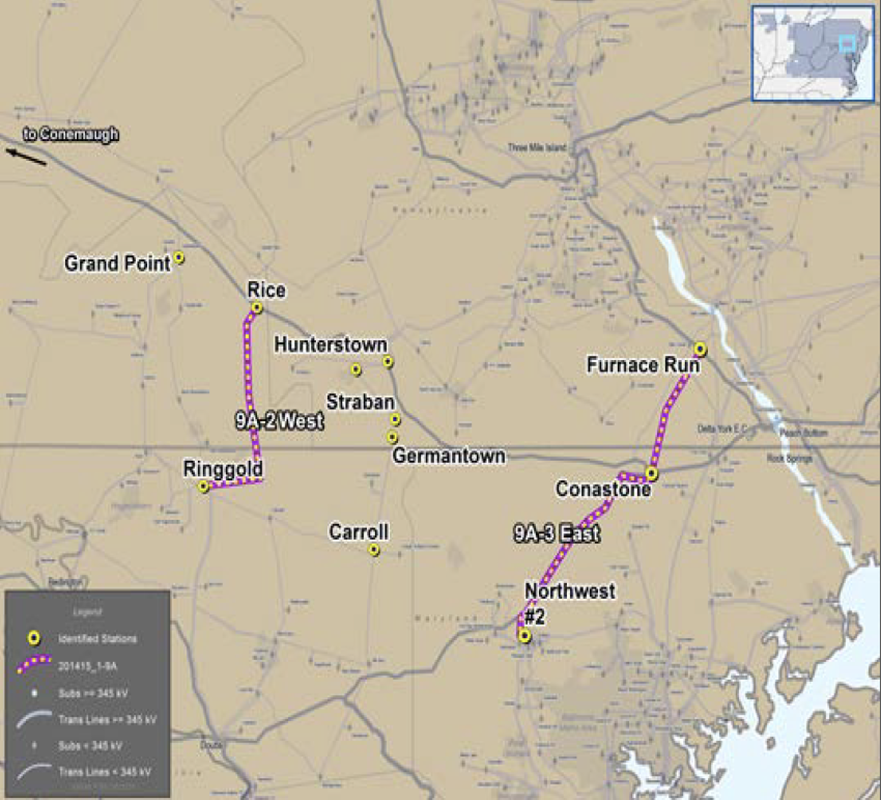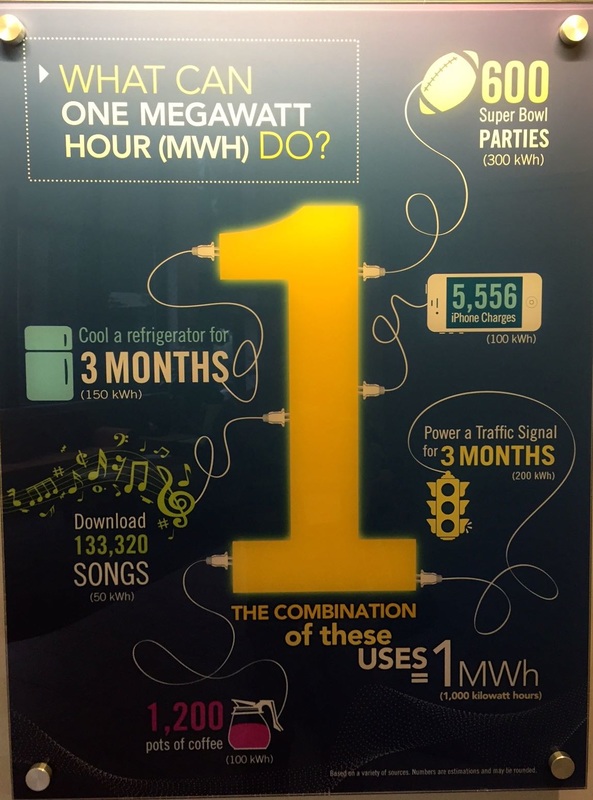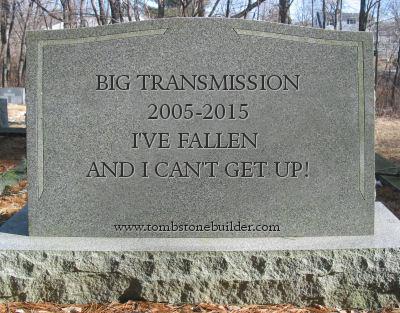The UD and Princeton team showed conservatively that, with some upgrades to transmission lines but without any need for added storage, the PJM grid can handle over 35 gigawatts of offshore wind—that’s 35 billion watts—enough to power an estimated 10 million homes. They also found that the PJM grid could in the future handle twice that amount, up to 70 gigawatts, as wind forecasting improves, allowing the power operator to better predict and harness more wind.
Coastal cities have a strong network of transmission that has been bringing them fossil fuel energy from the Ohio Valley for the past century. The new report says that network should be upgraded to support reverse flow, that is from east to west, instead of west to east. Sure sounds like a better plan than to build a new, expensive, gigantic network of transmission from the west to move an inferior terrestrial wind resource to the coastal cities.
And with the operation of the first offshore wind farm in Rhode Island well underway, eastern cities are also realizing the economic growth that comes with new industry. A thriving offshore wind economy will breathe new life into eastern ports... where those receiving the benefits of the offshore energy will also receive the economic benefits of creating it in the first place. It's a way for eastern cities to keep their energy dollars at home in their own communities.
Even with some minor transmission upgrades, the beneficiaries of the offshore wind transmission will also be those affected. A plan to ship wind energy from the Midwest causes burden on Midwestern landowners who receive no benefit from the transmission, and this is what has delayed plans to build "clean" lines for the purposes of meeting some imagined eastern "need" for Midwest renewables.
Offshore wind is a win-win idea for eastern cities. The only ones clinging to last decade's bright idea of shipping Midwestern renewables coast-to-coast are transmission builders, terrestrial wind companies, and Midwestern state governments who thought they saw a huge tax benefit from producing energy for export. However, state tax benefits intended to encourage the building of energy for export have gone just a bit too far, as states like Oklahoma and Wyoming have had to roll back tax credits and impose new production taxes on wind generation in order to balance their budgets. Becoming the "powerhouse" for other states isn't all it's cracked up to be. The companies who own the energy infrastructure are the ones who end up with all the money, and the citizens are often left at the alter with broken economies and a wasted environment.
Every region has its own renewables, and developing local renewables is a much smarter choice than importing them from other regions.
We really don't need billions of dollars of new transmission lines to power the east coast with wind. By using what's available locally, the east coast will make the switch to cleaner energy better, faster, and without requiring outlandish sacrifice from other regions to serve eastern needs.



 RSS Feed
RSS Feed